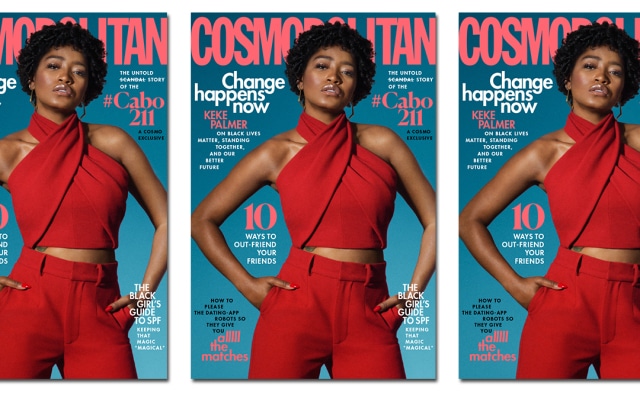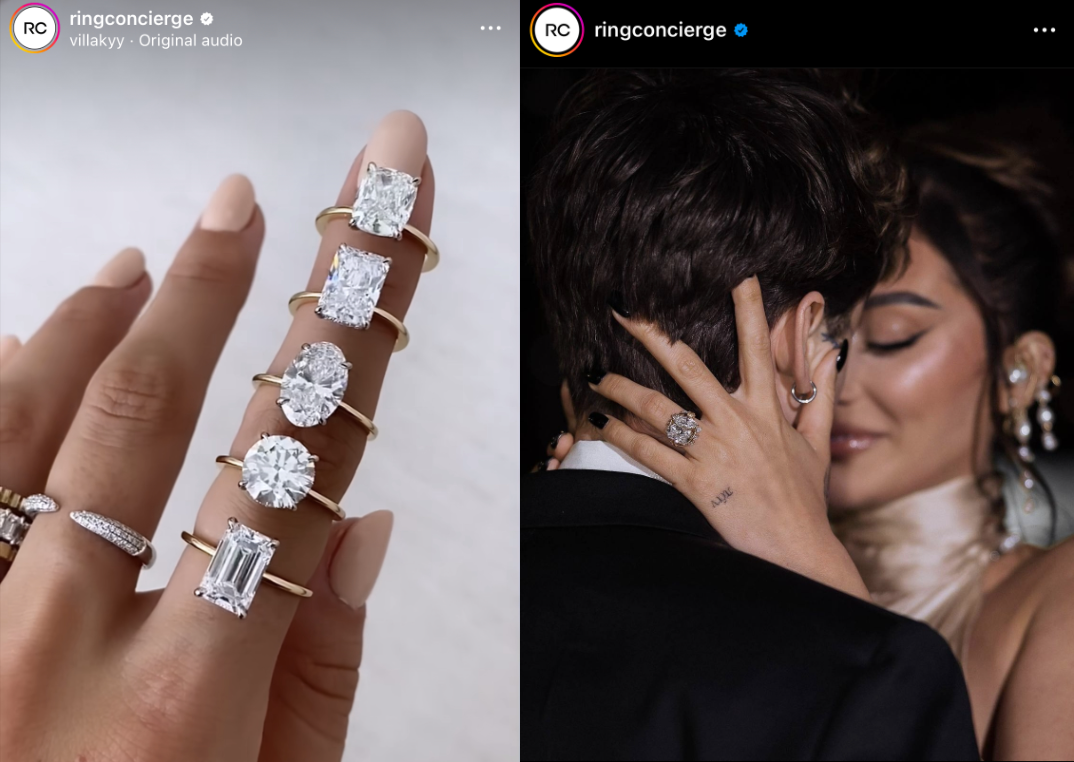Hearst Magazines Ramps Up Membership, Paywall Rollout – WWD
Hearst Magazines has been quietly diving deeper into the paywall model — with the help of some chicken nugget math.
Over the past few months, the magazine publisher has been testing membership programs and metered paywalls at some of its titles as the media industry looks to become less reliant on advertising dollars — an already struggling revenue stream hit hard by the coronavirus pandemic.
The latest guinea pig is Cosmopolitan, which launched Cosmo Unlocked earlier this month. There, a package including unlimited digital access and an exclusive newsletter and content is priced at $2 a month — “a mere fraction of your chicken nugget budget,” the brand told readers in a blurb on its site. For $20 a year, they get the web site, print magazine and newsletter, as well as various deals. Without a digital subscription, readers will be able to access four free articles a month.
“Membership and paid digital programs are an important focus for us,” Brian Madden, senior vice president for consumer revenue and development at Hearst, said. “Our premium brands help us build a more connected relationship to the consumer, providing greater opportunity to generate revenue across our branded products, affiliate commerce, events and more.”
Cosmopolitan comes hot on the heels of Hearst’s Popular Mechanics and Men’s Health, which launched subscriptions in May and June, respectively. Pop Mech Pro costs $4 a month, or $40 a year, while Men’s Health MVP is the same price as Cosmopolitan. A Hearst spokeswoman said that all three are “off to a good start.”
Similar programs have also been recently unveiled at Good Housekeeping, Women’s Health and Bicycling, while Runner’s World has had one since 2019.
Esquire, meanwhile, introduced a so-called micro membership centered around the work of politics writer Charles P. Pierce in November 2018. For $1.99 a month or $17.99 a year, readers get unlimited access to all his work, plus a newsletter. Editor in chief Michael Sebastian told Digiday last year that the magazine decided to launch the membership program after noticing that his work garnered about 60,000 hits a day.
As of yet there’s no word on whether Harper’s Bazaar, Elle and Marie Claire will get metered paywalls, although Bazaar does have a Brides membership, ranging in price from $30 to $90 a year.
As for the strategy, Madden explained that it’s not a one-size-fits-all approach. “We are always experimenting and looking at what’s working,” he said.
But as Hearst ramps up its paywall plan, rival Condé Nast appears to be taking a breather. It launched a metered paywall for The New Yorker in 2014, with Wired and Vanity Fair following suit in 2018. The plan at the beginning of 2019 under former chief executive officer Bob Sauerberg was to roll out the model company-wide by the year end. At the time, in an interview with WWD, Pamela Drucker Mann, global chief revenue officer, described the paywall rollout as a “game-changer.”
The industry is still waiting for the game to begin, however. The rollout has yet to happen under Sauerberg’s successor Roger Lynch, who took over the reins in April 2019. It’s understood he wanted the consumer experience to be optimized before a paywall was rolled out any further.
Nevertheless, according to a Condé spokeswoman, the metered paywalls that are in place have proved successful. “Audiences at The New Yorker, Wired, and Vanity Fair have proven that they are willing to pay for the quality journalism we create, and the performance of each of these paywalls has exceeded our expectations. Subscriptions from these sites have increased four to five times since their respective launches,” she said.
Which further raises the question as to why the company hasn’t been more aggressive in adding paywalls to its other titles.
Like some other publishers, in March, Condé, which has implemented two rounds of cuts as it grapples with falling advertising due to the pandemic, temporarily lifted the paywalls on all COVID-19 stories at the three publications to help keep readers informed. COVID-19 content is now once again subject to the metered paywall at each of these brands.
Elsewhere in the magazine sphere, Meredith, Corp., which owns People and InStyle, does not have paywalls. The Atlantic introduced a stricter online paywall last September and Fortune in March.
Many outlets, especially newspapers, that have paywalls pointed to record engagement at the beginning of the pandemic, but this was not matched by a rise in advertising as companies cut marketing budgets, which led to job cuts across the industry. According to a recent survey by global outplacement and executive and business coaching firm Challenger, Gray & Christmas, newsroom layoffs surged almost 170 percent over the past year.
To date, Hearst has not made any job or pay cuts amid the pandemic, but it did reduce its publishing schedule for some titles, including Cosmopolitan, Bazaar, Elle and Marie Claire.
For more, see:
Condé Nast Pushes New Paywalls as ‘Game Changer’
Low in Print This Summer: Magazines
September Issues Will Be Exactly What They Say on the Cover This Year




